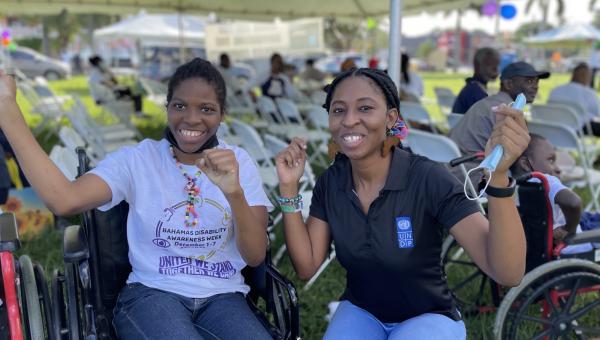
Examples of Harassment & Discrimination
Brief Explanation of Harassment (non sexual)
Harassment may be verbal or non-verbal, and may be physical in nature. Harassment may take the form of words, gestures or actions which tend to annoy, alarm, abuse, demean, intimidate, belittle, humiliate or embarrass another person or persons or which create an intimidating, hostile and/or offensive work environment. Harassment does not have to be intentional or deliberate; rather it exists when it is perceived as offensive by a reasonable individual.
Examples of verbal harassment include
- Verbal abuse, insults and name-calling;
- Using unwelcome ‘pet’ names, such as “honey”, “doll”, “babe”, “princess”, etc.;
- Shouting and aggressive behavior;
- Using a person as the constant or repeated target of jokes;
- Derogatory or offensive nicknames;
- Innuendo or other suggestive, offensive or derogatory comments or jokes about a person’s gender identity or sexual orientation;
- Unwanted and/or demeaning comments on dress, appearance, or physical characteristics;
- Slandering or maligning another person’s reputation by gossip, rumour and ridicule;
- Persistently making unwarranted critical or patronizing remarks in front of others or behind a person’s back’;
- Unwarranted, intrusive or persistent questioning about a person's ethnic or racial origin including their culture or religion;
- Repeated and unwanted notes, messages or calls;
- Notes, messages or calls that are abusive, threaten, insult, attempt to coerce, humiliate or intimidate;
- Leaving an abusive, insulting or threatening message in work spaces;
- Putting pressure on a person to participate in political or religious discussions of groups;
- Suggestive remarks about a person’s clothing, body, hairstyle, appearance or any aspect of their person or personal possessions.
Examples of non-verbal harassment include
- Social exclusion, isolation or non-cooperation at work;
- Hostility demonstrated through sustained unfriendly contact or exclusion;
- Repeated use of offensive gestures;
- Displays of offensive material including posters, photographs, cartoons, graffiti, objects, or messages left on notice boards, desks or common areas;
- Repeated giving of unwanted gifts or invitations;
- Repeated staring or aggressive facial expressions;
- Keeping or sending inappropriate screensavers that may cause offence to others;
- Spreading malicious rumors;
- Using e-mail, instant messaging or social media platforms to send abusive, threatening or insulting images to, or about, another employee or employees;
- Repeatedly isolating, ignoring or excluding someone.
Examples of physical harassment include
Unwanted, uninvited or inappropriate touching, patting, hugging or other physical contact (e.g. massaging a person without invitation or deliberately brushing up against them);
Punching, hitting, pushing, slapping, kicking, or biting another person.
Tripping another person;
Throwing an object at another person or attacking a person with an object.
Explaining Discrimination
Discrimination may be an isolated event affecting one person or a group of persons similarly situated, or may manifest itself through harassment or abuse of authority. Any of the examples of harassment and abuse of authority, when based on the person’s race, sex, gender identity, religion, nationality, ethnic origin, sexual orientation, disability, pregnancy, age, language, social origin or other status, also constitute discrimination.
Examples of discrimination include
- Not recommending or considering an employee for promotion or other advancement, or treating someone differently for any other purpose, e.g., development opportunities, working overtime, vacation, hours of work, exclusion from meetings, etc. because of race, sex, gender identity, religion, nationality, ethnic origin, sexual orientation, disability, pregnancy, age, language, social origin or other status;
- Derogatory or offensive nicknames based on a person’s race, sex, gender identity, religion, nationality, ethnic origin, sexual orientation, disability, pregnancy, age, language, social origin or other status;
- Demeaning comments about a person’s language, dress, or physical characteristics. This also includes criticizing people for items worn for religious or cultural reasons;
- Denigrating specific cultural or religious festivals, or making derisory comments against an individual’s beliefs;
- Social exclusion on the basis of a person’s race, sex, gender identity, religion, nationality, ethnic origin, sexual orientation, disability, pregnancy, age, language, social origin or other status;
- Jokes or inappropriate comments and questioning about a person’s abilities;
- Unwarranted, intrusive or persistent questioning about a person's ethnic or racial origin including their culture or religion

 Locations
Locations




